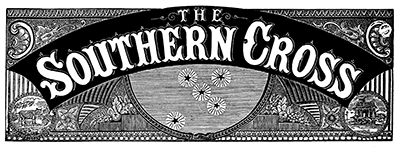Burning police car during demonstrations in Almaty, Kazakhstan January 5, 2022. Demonstrations were sparked by outrage towards the government’s decision to revoke price caps on liquified petroleum gas. REUTERS/Pavel Mikheyev
Kazakhstan begins the new year with demonstrations against gas price hikes in the city of Zhanaozen, in the Mangystau Region. However, demonstrations have rapidly spread nationwide, with demonstrators venting anger towards political corruption and economic hardships. So how have demonstrations concerning fuel prices escalated to civil unrest in major cities and the deaths of “dozens” of demonstrators?
Initial Protest: Liquified Petroleum Gas (LPG)
Kazakhstan has the twelfth highest proven crude oil reserve globally, and according to the International Energy Agency (IEA), 98% of crude oil is found in the west of the country. Government price caps on LPG encouraged many Kazakhstani to convert their vehicles to run on it, with prices at roughly 50-60 tenge (NZD 0.17 – 0.20) per litre. On the 1st of this year, the Kazakhstani government announced price caps were uneconomical and consequently removed, causing the fuel price to nearly double.
A former Soviet Republic:
Former President Nursultan Nazarbayev led the country to independence in 1991 when the Soviet Union collapsed. Since then, he has been President for nearly three decades before resigning in 2019 and appointing loyalist Kassym Jomart Tokayev. However, this was after he was named “Leader of the Nation” in 2011, a title that grants immunity to any persecution after retirement and appointing himself as chairman of the Security Council.
January 4th:
Major demonstrations broke out on Tuesday in the capital Nur-Sultan and the largest city, Almaty. Demonstrators have been chanting “Shal, ket!”, meaning ‘Old man leave’, a call to remove the former president entirely from the political scene. Later that evening, the government announced price caps on LPG would be restored to quell the unrest.
January 5th:
The office for the mayor of Almaty, the presidential residence, and several state-owned TV offices are torched by demonstrators. Almaty Airport was also seized by demonstrators. In a televised address, President Kassym Jomart Tokayev announces a two-week state of emergency in Almaty and the Province of Mangystau and a curfew in Nur-Sultan. Tokayev announced he had accepted the resignation of the government and appointed himself as Chairman of the Security Council – the position that retired former President Nazarbayev held.
January 6th:
In his second televised speech, Tokayev stated that he appealed to the Collective Security Treaty Organisation (CSTO). Tokayev evoked Article 4 – in the instance where a member state is subjected to aggression from an external force; it is considered an act of aggression to all member states. Tokayev stated foreign-trained “terrorists” were responsible for the unrest the country was experiencing.
January 7th:
Tokayev said that order had “basically” been restored in the country, as CSTO personnel are deployed in Kazahkstan.
Later, in a televised address, Tokayev orders law enforcement agencies and the army to “shoot to kill, without warning”. This comes as state television reported 26 demonstrators killed and 13 officers killed – two of whom were decapitated. Thousands are said to have been arrested, and at least 60 people are in intensive care.
As of this morning, the internet has been cut for some 60 hours, according to NetBlocks, with intermittent periods of restorations to air the President’s televised appearances.
The Former President, Nursultan Nazarbayev, has not been seen or heard of since the demonstrations began on the 2nd of January.

